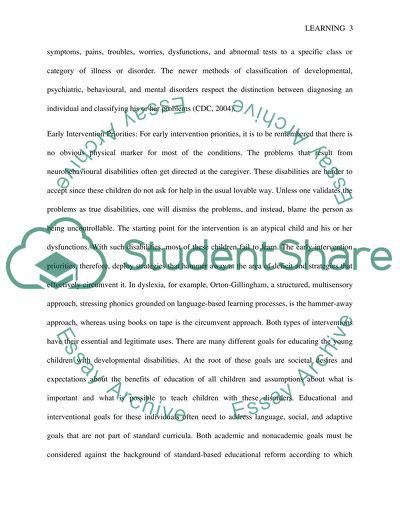Cite this document
(“Analysis of Lifelong Learning Term Paper Example | Topics and Well Written Essays - 1250 words”, n.d.)
Analysis of Lifelong Learning Term Paper Example | Topics and Well Written Essays - 1250 words. Retrieved from https://studentshare.org/psychology/1526498-lifelong-learning-college-essay
Analysis of Lifelong Learning Term Paper Example | Topics and Well Written Essays - 1250 words. Retrieved from https://studentshare.org/psychology/1526498-lifelong-learning-college-essay
(Analysis of Lifelong Learning Term Paper Example | Topics and Well Written Essays - 1250 Words)
Analysis of Lifelong Learning Term Paper Example | Topics and Well Written Essays - 1250 Words. https://studentshare.org/psychology/1526498-lifelong-learning-college-essay.
Analysis of Lifelong Learning Term Paper Example | Topics and Well Written Essays - 1250 Words. https://studentshare.org/psychology/1526498-lifelong-learning-college-essay.
“Analysis of Lifelong Learning Term Paper Example | Topics and Well Written Essays - 1250 Words”, n.d. https://studentshare.org/psychology/1526498-lifelong-learning-college-essay.


